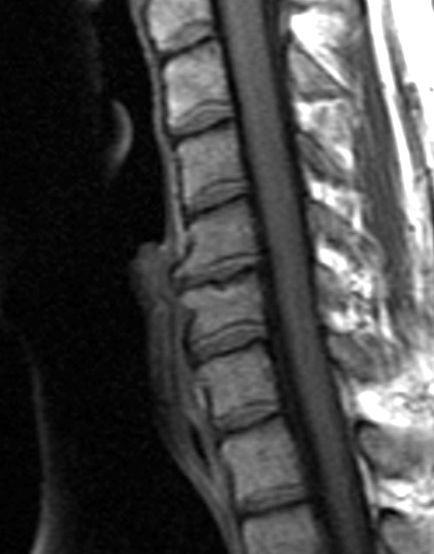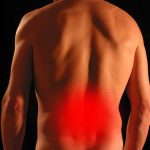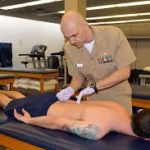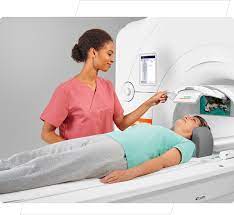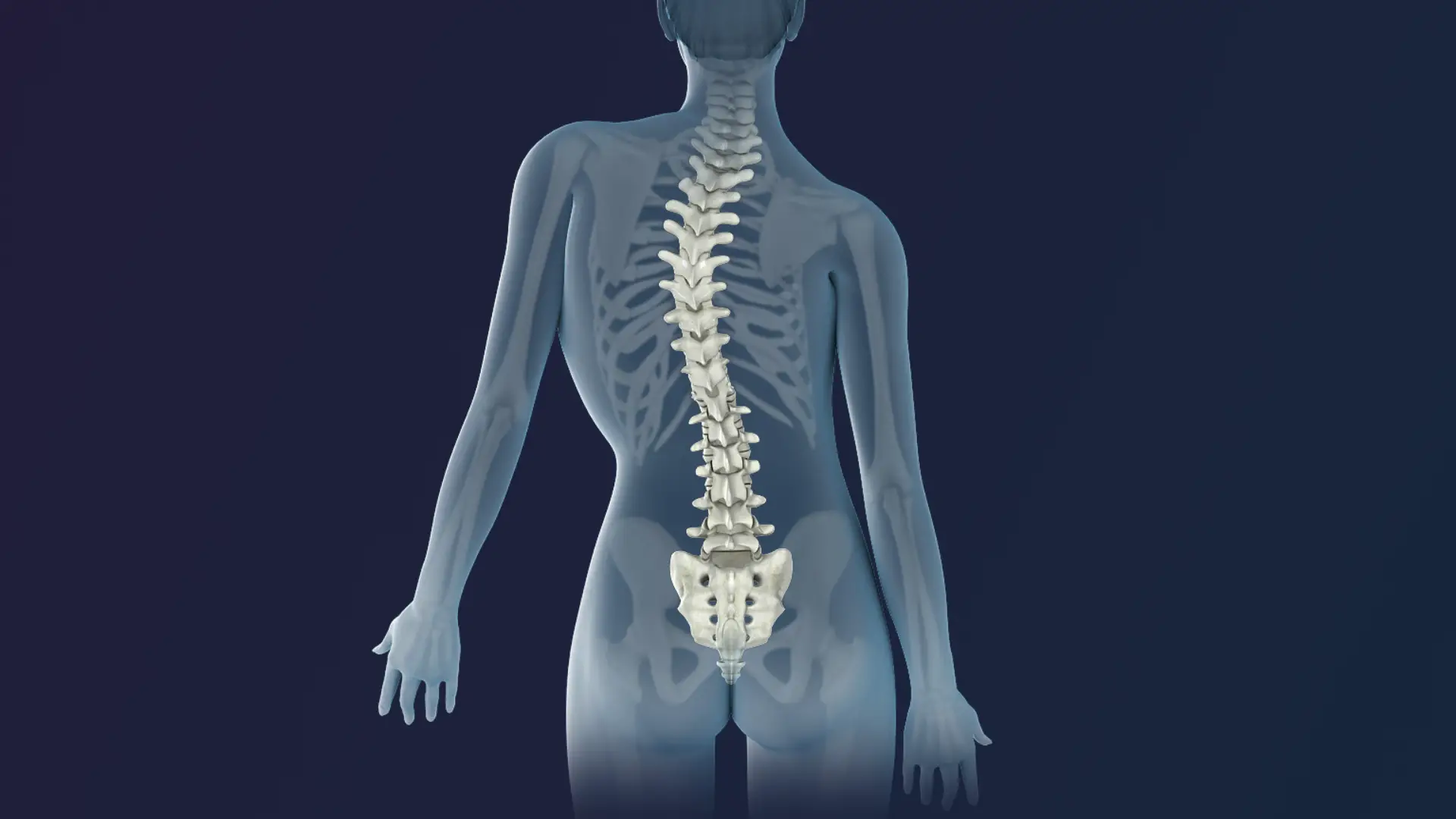Chiropractors may be able to help those with degenerative disc disease. This condition causes the discs between the vertebrae to become thinner and less spongy over time, leading to pain, stiffness, and decreased mobility in the spine. Some might also ask can a chiropractor fix retrolisthesis.
Chiropractors are trained to treat neck and back pain, and they often use manual manipulation techniques to help reduce pain and improve range of motion. They may also recommend lifestyle changes such as exercise or stretching that can reduce inflammation and stress on the spine. In addition, chiropractors can provide guidance on posture correction which can help keep the spine in proper alignment for better spinal health.
While there is no cure for degenerative disc disease, chiropractic care can help manage symptoms and prevent further deterioration of the discs over time.
What Is Degenerative Disc Disease?
Degenerative Disc Disease (DDD) is a condition in which the discs between the vertebrae of the spine degenerate, leading to back pain. The spinal discs are located between each vertebra and act as shock absorbers for the spine. As these discs degenerate over time, they can cause pain due to increased friction between the vertebrae.
Chiropractic care is one treatment option that can help patients who suffer from DDD and other back pain issues. Chiropractic adjustments aim to reduce pressure on the affected discs and improve range of motion, helping to alleviate symptoms associated with DDD.
Additionally, certain exercises may be prescribed by a chiropractor in order to strengthen muscles supporting the affected area of the spine.
What Causes Degenerative Disc Disease?
Degenerative Disc Disease (DDD) is a condition in which the spinal disc space between the vertebrae begins to deteriorate. It is commonly caused by wear and tear on the discs over time.
The discs act as a cushion between the vertebrae and are made up of a tough outer layer and a soft, jelly-like center. As we age, these discs can start to thin out and lose their shock-absorbing ability, leading to spine instability, pain, and even nerve damage.
DDD can also be caused by traumatic injuries that affect the spine or spinal discs. Symptoms can range from mild to severe depending on how much wear and tear has occurred on the discs. These symptoms may include pain, stiffness, numbness, or weakness in your arms or legs.
What Are the Symptoms of Degenerative Disc Disease?
Degenerative Disc Disease (DDD) is a condition in which the discs in the spine become degenerated. This can lead to pain, stiffness, and other symptoms. The discs are made up of a cushioning material between the vertebrae of the spine, and when they deteriorate it can cause compression of spinal nerves or the spinal cord itself.
Symptoms of DDD may include pain in the lower back that radiates into one or both legs, tingling or numbness in the legs, loss of flexibility and movement in the spine, and muscle spasms in the lower back. In some cases people with DDD may experience difficulty walking and standing for long periods due to pain. Treatment for DDD includes medications to help reduce inflammation and pain, physical therapy to improve strength and flexibility.
How is Degenerative Disc Disease Diagnosed?
Degenerative Disc Disease (DDD) is diagnosed by a thorough evaluation of the patient’s medical history, physical exam and range of motion, along with imaging tests of the spine. The doctor will ask about any pain or discomfort in the area and perform a physical exam. Imaging studies such as an X-ray, CT scan, or MRI may be ordered to take a closer look at the disc and spine.
These imaging tests can show the size, shape and location of the disc as well as if there is any damage to it. As part of the examination, range of motion testing will also be done to determine if there is any restriction.
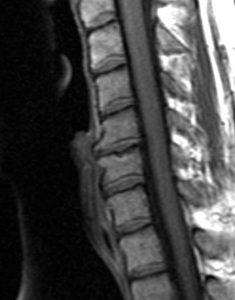
What are the treatments for Degenerative Disc Disease?
Degenerative Disc Disease (DDD) is a condition that affects the discs in your spine. Treatment for DDD typically includes chiropractic care, spinal manipulation and thrusting. Chiropractic adjustment is a gentle thrusting technique used to realign the vertebrae of the spine and alleviate pain.
This technique is especially useful for those who suffer from herniated discs and spinal stenosis. Spinal manipulation is another technique used to relieve pain and discomfort associated with DDD. It involves using a hand-held instrument to apply gentle pressure to the affected area of the spine in order to restore motion and reduce pain.
How Can You Prevent Degenerative Disc Disease?
Degenerative disc disease is an age-related condition that affects the discs between the vertebrae of the spine. It occurs when these discs break down due to wear and tear over time, resulting in pain and discomfort.
Preventing degenerative disc disease can be done by maintaining good posture, exercising regularly with core strengthening activities, and eating a balanced diet. Additionally, it helps to limit exposure to activities that involve high impact or repetitive motions as well as avoid smoking, which can damage discs and lead to degenerative disc disease.
Wearing supportive footwear and using a lumbar support when sitting for extended periods of time are also recommended to help protect the spine.
